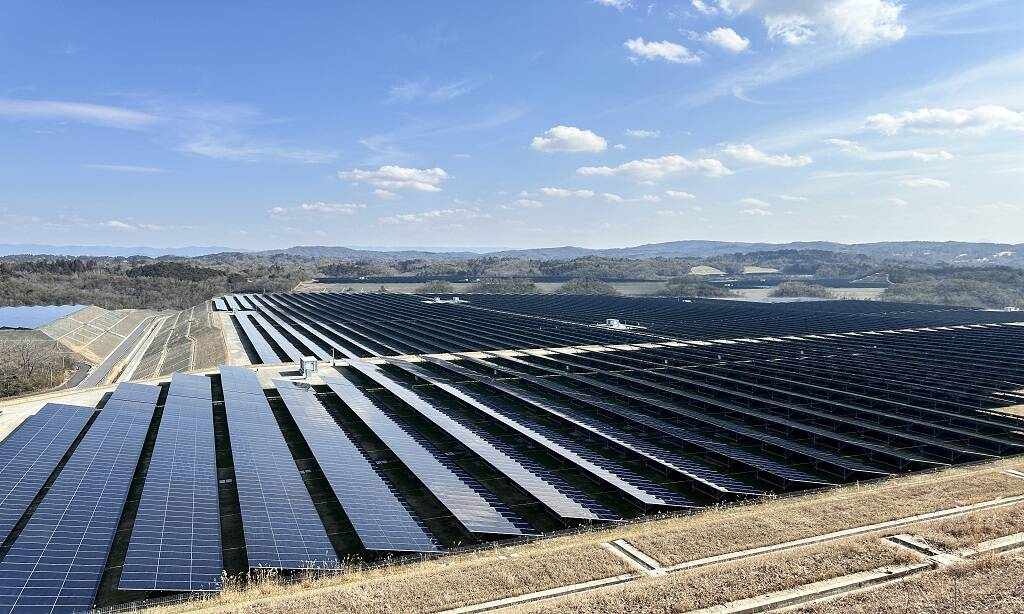Winterization And The Texas Blackout: Fail To Prepare? Prepare To Fail
- Date: 19-Feb-2021
- Source: Forbes
- Sector:Oil & Gas
- Country:Middle East
Winterization And The Texas Blackout: Fail To Prepare? Prepare To Fail
By Jim Krane, Robert Idel and Peter Volkmar
Mid-February has been unusually cold“”for Texas. But below-freezing temperatures are a winter staple across North America and most everywhere else above the latitude of, say, Washington D.C.
Why, you might ask, do people in Ohio or France have power and heat when Texans huddled in the dark under blankets?
In a word, winterization.
Most places prepare for the cold by protecting their critical infrastructure from freezing up. Texas does not.
Outside Texas, some governments and regulatory agencies require or incentivize equipping wind turbines with heating elements to de-ice their blades and gearboxes. Other regulators require gas valves and wellheads or power plant water intakes to have de-icing protection. Some governments, mainly outside the US, mandate onsite storage of backup fuel for natural gas power plants.
But Texas regulates its own power sector. Here, cold weather precautions that keep the lights on elsewhere are recommended, not required. In this case, lax regulation exposed producers“”and their customers“”to catastrophic failure. The competitive nature of Texas' deregulated power market discourages the added cost of winterization.
As the chart below shows, cold weather failures were technology agnostic. Let's take a look by power generation type, and discuss what Texas does differently than more cautious jurisdictions.
Natural gas
Natural























